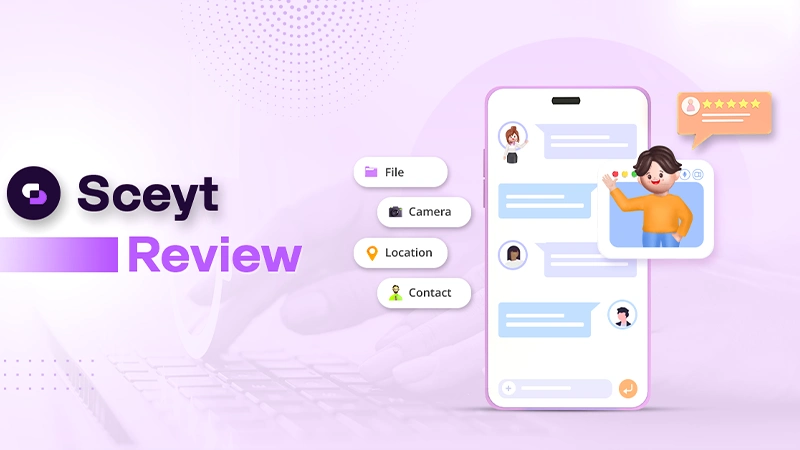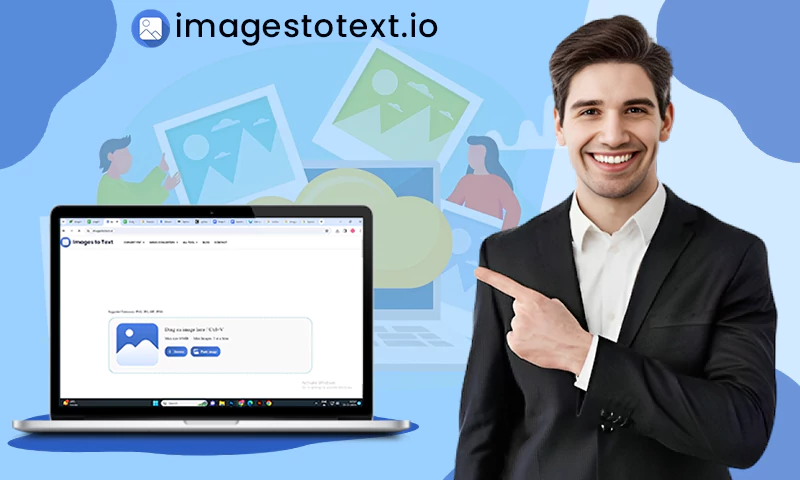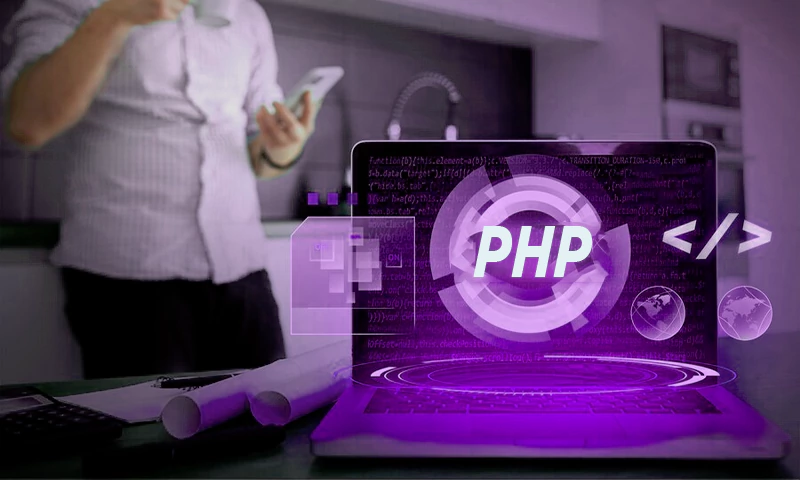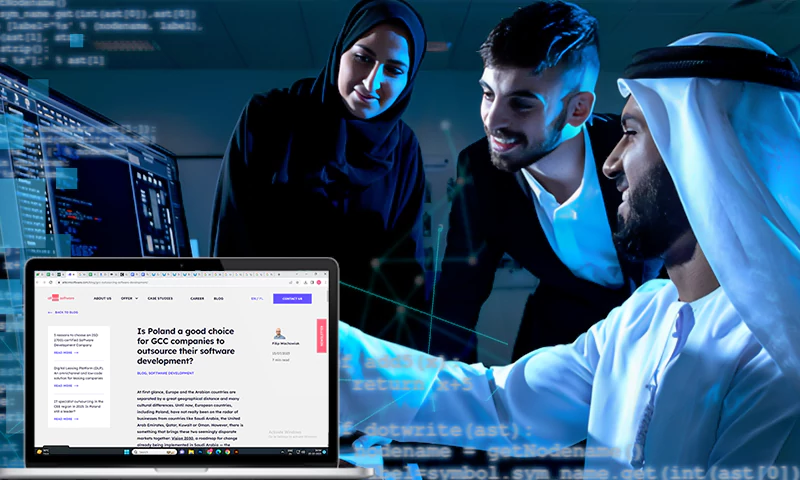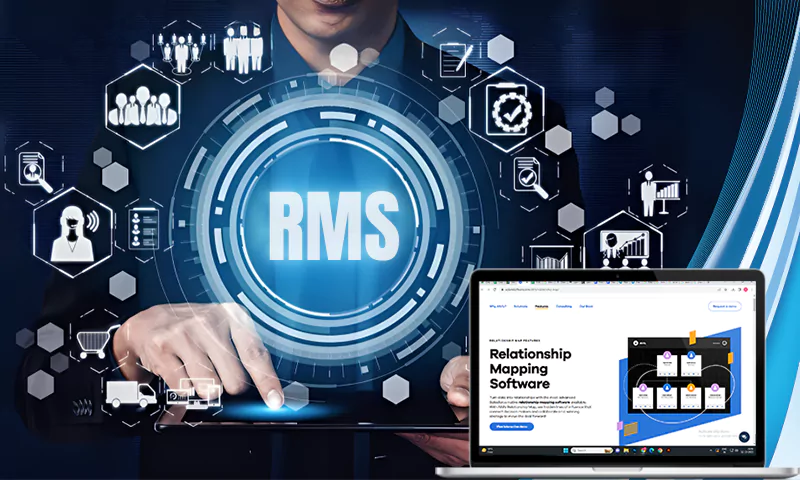Design Collaboration: Seven Affordable Tools You Need to Try in 2023
“Design is intelligence made visible.“- Alina Wheeler
Collaboration has always been a critical component of teamwork. As the year 2020 draws to a close, we witness a sudden change from traditional office spaces to remote working environments due to the spread of COVID-19.
However, the transition to remote work has not been without challenges, especially for designers and developers working across varied geographical locations.
Unlike an in-office environment where all team members can easily share design ideas, remote work is entirely dependent on design tools to get the job done.
Common remote collaboration challenges for design teams are:
- Communication gap
- Poor coordination
- Lack of commitment
- Poor time management
- Isolation
- Different time zones
Whether you’re a part of the design team or managing one, you are likely facing one or more of the aforementioned challenges, which has resulted in decreasing productivity by a significant extent.
You surely wouldn’t want poor collaboration to continue, do you?
Thanks to advanced technology, we’re living in an era where highly-functional collaboration tools are easily available. These tools are commonly used by widely dispersed design teams to easily share design ideas with co-workers and clients at the same time.
Some Undeniable Benefits of Design Collaboration
Collaboration Fosters Inspiration
Nothing compares to the feeling when everyone is having fun with an interesting project. Every team member wants to contribute to make it a success. You can collaborate on design ideas and share feedback within a few seconds, and that’s my favorite part. It can be amazing how you get out-of-the-box ideas from other members, which can result in the whole team creating an unbeatable design that can get viewers hooked.
Encourages Innovation
Working in sync with inter and intra-team members involves important discussions where ideas are exchanged and employees pool their knowledge to innovate faster. Collaborative work triggers intrinsic motivation which drives people to stick with their tasks longer, have lower fatigue, have higher engagement, and improved success rates as compared to those who work on their own.
Learning and Sharing Knowledge
When designers share a healthy, productive relationship with their peers, it gives them a great opportunity to share a sea of knowledge about projects falling under varied industry domains. Designers can share their experiences and thought processes they used to move ahead with the project engagement.
Discovering Your Own Potential
Good team collaboration can inspire peers to take complete ownership of their work. Designers can be pushed on to assume responsibilities and communicate their thoughts independently to clients and stakeholders.
Promotes Product Thinking
Designers focus on ensuring that their designs match the needs of users and resolve their problems while keeping the business goals in mind. Collaborative working helps designers comprehend how inter-team members work together and figure out their needs, pain points, and preferences.
Seven Design Collaboration Tools That Don’t Hurt Your Pocket!
Easel.ly
Easel.ly is a straightforward infographic maker that allows designers to visualize any kind of information. This web-based infographic platform is used by designers for representing and conveying their ideas and concepts via easy-to-follow and inspiring visual forms.
You don’t need to have design experience for creating and designing infographics. You can create timelines, annotated maps, instructional guidelines, announcements, posters, and any other visual displays that show data or information.
Main Features Include:
- Customized templates
- Hundreds of professionally-designed infographics templates
- Instant exporting or sharing of infographics
- Dynamic charts
- Grid view
- Support from professional designers
- Upload Scalable Vector Graphics, PNG, and other image file formats
Pricing: The student plan is priced at $2, the Individual plan is priced at $4, and the Business plan is priced at $5.
ProofHub
ProofHub is rated as one of the best team collaboration and project management software available today. ProofHub has a number of powerful tools that enable designers to seamlessly collaborate, edit, and share feedback on their design ideas.
The group chat feature allows designers to send direct messages while online proofing enables them to review, edit, and approve files and documents from a single location. Using Table view, designers can plan and present designs in a well-organized way, and get a clear idea of what needs to be done, and which tasks are high-priority ones.
Main Features Include:
- Online proofing
- Discussions
- Scheduling calendar
- Timesheets and Time tracking
- Multilingual
- Gantt charts
- Kanban boards
- Fixed pricing plans, no per-user fee
Pricing: The Ultimate Control plan with unlimited projects and users is priced at $89, billed annually.
InVision
InVision is a digital product design platform that allows designers to execute design ideas to perfection in one unified platform. Designers can collaborate in real-time on an endless digital whiteboard, and start quickly with a blank canvas or pre-built templates.
You can create rich, interactive prototypes, import from Sketch, and then gather feedback from any device. You can also connect your workflow with essential integrations as InVision works with your existing tools to streamline the entire product development process.
Main Features Include:
- Faster creation with the Vector drawing tool
- Responsive and adaptive layout
- Speedy prototyping
- Incredible collaboration
- Easy syncing for stronger teams
- Cloud flexibility
- Open API
Pricing: The Paid plan starts from $7.95 per user/month.
Yammer
It is a social networking tool to connect and engage business users across your organization. Designed to be an internal communication system, Yammer enables business owners to easily collaborate and be on the same page with each other to meet business needs.
Yammer is loved by companies across the world because it is easy to set up and adds value to organizations. It enables designers to collaborate with widely dispersed team members. You can label Yammer as being the “Facebook” of the corporate world that offers many tools for collaborating with others in your company.
Main Features Include:
- Enterprise microblogging
- Office 365 integration
- Share files, links, and images
- Message and content tagging
- Company directory
- Profile pages
- Message and content tagging
Pricing: The Paid plan starts at $1.71 per user/month.
Red Pen
Red Pen brands itself as the fastest feedback tool for visual teams. Using Red Pen, designers can explain their thinking by pointing and clicking to give feedback. Project members can see all comments live as they happen. With this, you can ask your colleagues and clients for feedback through a private link, or invite them via email.
You can drag designs with multiple states, screens, or alternatives together to make a project. Red Pen will keep your team updated about comments, additions, and new versions. The Image will be easily updated or replaced whenever an iteration has been made.
Main Features Include:
- Designs load instantly
- Live notifications
- Clever keyboard notifications
- Project organization
- Track versions
- Drag designs
- Click and comment
Pricing: The Paid plan starts from $20 for 5 projects.
Slack
It is a channel-based messaging platform that allows people to work together more effectively. Design team members can connect all their software tools and services, and find the information they need to deliver the best work. You can share files and send messages in channels.
This workplace communication tool combines an intuitive UI with both group and one-on-one messaging. Slack can be used across multiple devices and is equipped with robust features. You can integrate with other apps and services, and also build slack project management workflows.
Main Features Include:
- Dedicated channels
- Searchable history
- Slack connect
- Messaging
- Voice and video calls
- Apps and integrations
- Workflow builder
Pricing: The Paid plan starts from $2.67 per user/month.
Trello
Trello is a highly functional and reliable collaboration tool that organizes your projects into boards with lists and cards (tasks). Trello tells you what’s been worked on and who’s working on what. Best described as a Kanban board app, Trello is a solid tool for managing work and workflows.
Trello is a visually appealing and intuitive app that’s best suited for organizing, coordinating, and tracking work as it moves through a workflow among a group of people. Trello’s USPs is its ease of use and ability to share Trello boards with external collaborators.
Main Features Include:
- Information at a glance
- Built-in workflow automation with Butler
- Advanced checklists
- Keyboard shortcuts
- Easy, drag-and-drop editing
- Detailed & Quick Overviews of Front/Back Cards
- In-line editing
Pricing: The Paid plan starts from $9.99 per user/month.
Conclusion
Each design collaboration tool mentioned above helps designers to deliver quality work in collaboration with their team members and clients.
Packed with a range of features, these design collaboration tools enable remote designers to share engaging ideas and execute them to perfection.
What’s best is that these have their free versions available as well. So, you can give them a try without having to worry about any financial investment upfront.
Now it is for you to choose the design collaboration tool that ticks all the boxes before you invest in it.
Good luck.
Share






